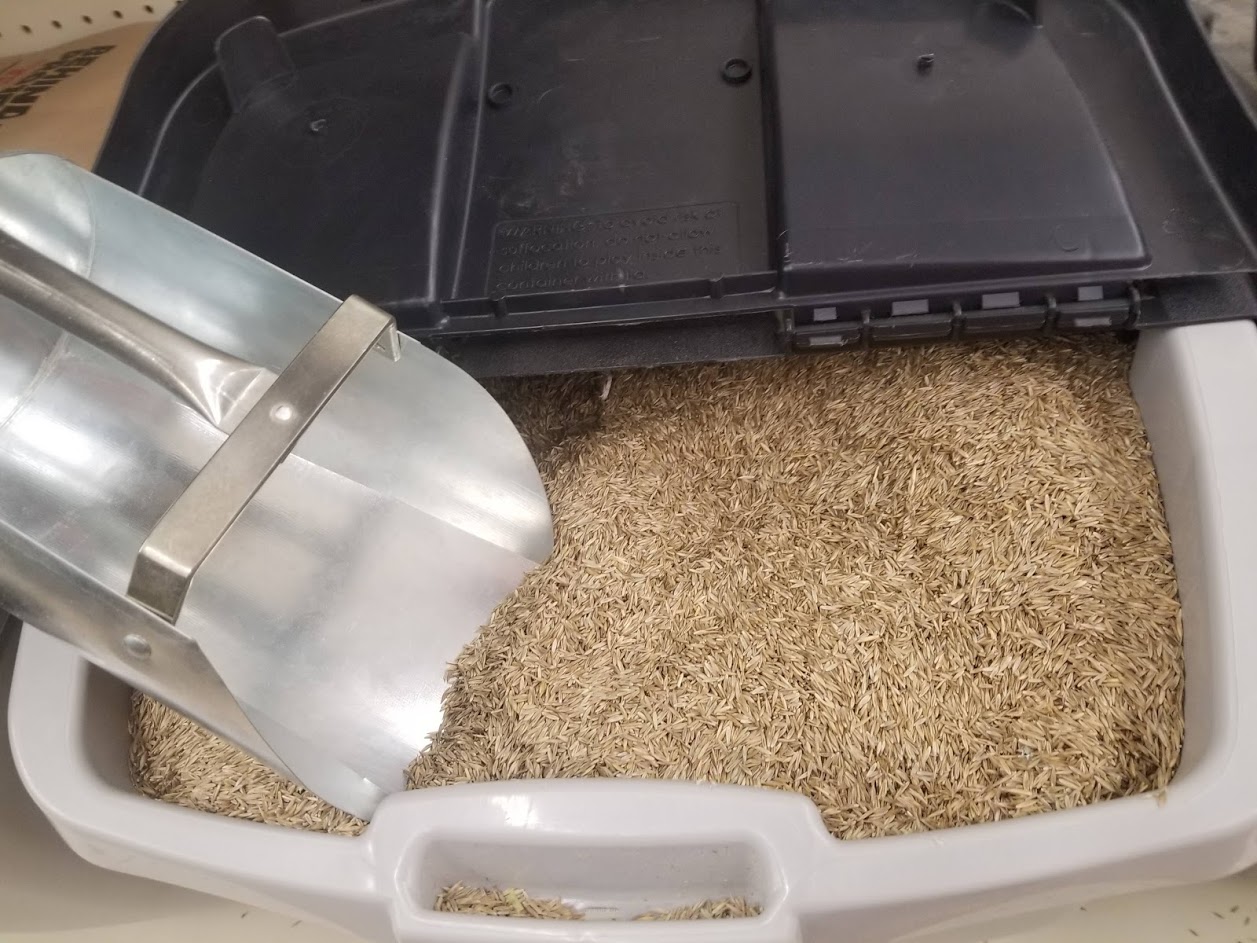Sow Cool Season Grass in September and October
go.ncsu.edu/readext?820860
en Español / em Português
El inglés es el idioma de control de esta página. En la medida en que haya algún conflicto entre la traducción al inglés y la traducción, el inglés prevalece.
Al hacer clic en el enlace de traducción se activa un servicio de traducción gratuito para convertir la página al español. Al igual que con cualquier traducción por Internet, la conversión no es sensible al contexto y puede que no traduzca el texto en su significado original. NC State Extension no garantiza la exactitud del texto traducido. Por favor, tenga en cuenta que algunas aplicaciones y/o servicios pueden no funcionar como se espera cuando se traducen.
Português
Inglês é o idioma de controle desta página. Na medida que haja algum conflito entre o texto original em Inglês e a tradução, o Inglês prevalece.
Ao clicar no link de tradução, um serviço gratuito de tradução será ativado para converter a página para o Português. Como em qualquer tradução pela internet, a conversão não é sensivel ao contexto e pode não ocorrer a tradução para o significado orginal. O serviço de Extensão da Carolina do Norte (NC State Extension) não garante a exatidão do texto traduzido. Por favor, observe que algumas funções ou serviços podem não funcionar como esperado após a tradução.
English
English is the controlling language of this page. To the extent there is any conflict between the English text and the translation, English controls.
Clicking on the translation link activates a free translation service to convert the page to Spanish. As with any Internet translation, the conversion is not context-sensitive and may not translate the text to its original meaning. NC State Extension does not guarantee the accuracy of the translated text. Please note that some applications and/or services may not function as expected when translated.
Collapse ▲September and October are the best months to sow cool-season fescue lawns in Caldwell County. There are no guarantees, but planting now gives your new seedlings the best chance of growing into a beautiful lawn.

New tall fescue lawns should be sown at 6 pounds per 1,000 square feet. When overseeding thin areas in the lawn sow 3 or 4 pounds per 1,000 square feet. (credit Darrell Blackwelder)
Spring-established tall fescue is more susceptible to drought, heat, fungal diseases, and weed encroachment than those established in the fall. With normal summer weather patterns, spring seeding is not as likely to result in a good stand of tall fescue as sowing now.
When you go to purchase seed, be aware that seed prices are 30% to 50% higher than last year. There are two reasons for this. First, the demand this past spring was unusually high. This demand depleted the carry-over seed that companies typically have in inventory. And second, basically all the tall fescue seed in the United States is grown in Oregon. Weather conditions in Oregon were very hot and dry this spring and summer. The dry weather reduced seed yields by about 60%. For these reasons, I expect tall fescue seed will become difficult to find in spring 2022.
Before seeding, core aerification is recommended to reduce soil compaction. It also opens up the soil so there will be good seed to soil contact. Seed to soil contact is paramount for good germination.
Apply fertilizer and lime before planting, based on soil test results. If you did not perform a soil test, apply 45 pounds of limestone and 20 pounds of 10-20-20 per 1,000 sq ft.
If you are sowing a new lawn or doing a total renovation, plant 6 pounds of seed per 1000 square feet. If you are not used to sowing grass seed, apply 3 pounds of seed per 1,000 square feet to the area you are seeding. Then apply the other 3 pounds at a right angle to the previous application. This is a good way to achieve uniform coverage.

This lawn has been damaged by fall armyworms and should be renovated. (credit Seth nagy)
Once you’ve applied the seed, cover it with straw. Apply the straw so that, when you look down at the area you seeded, you should see about half straw and half dirt. Don’t apply the straw too thick. Germination normally occurs within 7 to 21 days.
If irrigation is available, irrigate to keep the top 1.5 inches of soil moist after seeding. This may require light watering once or twice a day for 7 to 21 days depending on your soil type and weather conditions. As the seedlings grow and root, water less often but for longer periods, working up to the recommended fall irrigation rate of 1⁄4 to 1⁄2 inch water per week (via rainfall or irrigation). Irrigate early in the morning to reduce water loss due to evaporation.
It is very important that tall fescue be maintained at the proper mowing height to allow it to mature before winter and to minimize weed incidence. Studies have shown that a 3.5” mowing height provides the best growth condition while minimizing disease incidence and weed encroachment. Mow newly seeded fescue back to 3” when it reaches 4.5” in height. How often you need to mow will depend on how quickly the turf grows, which will vary with temperature, fertility, and moisture levels. Allow clippings to fall into the turf where they will decay and release nutrients. This can reduce the need for fertilizer by 20-30%.
Thanks to Dr. Grady Miller, NC State University Turfgrass Management Specialist, and Darrell Blackwelder, retired Horticulture Extension Agent for assistance with this article.
— Seth Nagy is the Caldwell County Extension Director. The N.C. Cooperative Extension, Caldwell County Center, 120 Hospital Ave. NE, #1 in Lenoir, provides access to resources of NC State University and N.C. A&T State University through educational programs and publications.




